Financial Advisory and Intermediary Services Act 2002 (FAIS) (Act 37 of 2002)
COURSE PURPOSE This Unit Standard is intended for learners in the Financial Services sector who are construed to give financial advice under FAIS. It will be useful for Financial Planners, Intermediaries and learners employed by financial service providers. WHAT YOU’LL …
Overview
COURSE PURPOSE
This Unit Standard is intended for learners in the Financial Services sector who are construed to give financial advice under FAIS. It will be useful for Financial Planners, Intermediaries and learners employed by financial service providers.
WHAT YOU’LL LEARN
The qualifying learner is capable of explaining the purpose of the Financial Advisory and Intermediary Services Act (FAIS), including its role in regulating financial advisory services and ensuring industry standards. They can articulate the requirements for obtaining licensing under FAIS, detailing the necessary qualifications and compliance measures. Additionally, the learner can explain the mechanisms for enforcement of FAIS regulations and their implications for intermediaries and the broader industry, including potential penalties and corrective actions. They are also adept at discussing the effects of requirements for transparency and the right to information, analysing how these obligations impact the financial services industry by promoting accountability and protecting consumer interests.
Curriculum
Curriculum
- 4 Sections
- 15 Lessons
- 1 Day
- Unit 1: Explain the purpose of the financial advisory and intermediary services act (FAIS)3
- 1.0The need for the Financial Advisory and Intermediary Services Act (FAIS) is explained with reference to the historical situation in South Africa and similar international legislation
- 1.1The concepts of financial services providers and financial products are explained with examples
- 1.2The protection of consumers afforded by FAIS is explained with examples.
- Unit 2: Explain the requirements for licensing under FAIS5
- 2.0Work roles affected by FAIS are identified with reference to requirements for licensing by the Financial Services Board related to each work role.
- 2.1The relationship between Financial Services Providers and representatives is explained with reference to accountability and responsibility.
- 2.2The concept of a natural person is explained as defined in the FAIS legislation.
- 2.3The process to be followed for licensing and on-going compliance is explained for a financial service provider.
- 2.4Conditions under which suspensions, withdrawals and reinstatement of authorisation may be imposed are explained with examples.
- Unit 3: Explain the mechanisms for enforcement and the implications for the intermediary and the industry4
- 3.0The role and functions of the Registrar are explained with reference to the relationship to the Financial Services Board and the steps that the Registrar could take in cases of non-compliance.
- 3.1The role and functions of the FAIS Ombuds are explained with reference to recent rulings and the implications for a sub-sector.
- 3.2The role, duties and powers of the courts are described in terms of judgements against organisations and redress through the courts
- 3.3The rights of recourse available to aggrieved clients are explained with examples.
- Unit 4: Discuss the effects of requirements for transparency and the right to information on the financial service industry3
- 4.0The manner in which complaints are handled by the industry is investigated with reference to Financial Services Board directives.
- 4.1The consequences arising from rulings from an approach to a regulatory body by a client are discussed for a specific organisation.
- 4.2The impact as a result of rulings by the Ombud is discussed for a selected sub-sector.






